Māgha Pūjā day marks an event occurring at the Veḷuvana grove, near Rājagaha (present Rajgir) in northern India, ten months after the enlightenment of the Buddha. The traditional story goes that a meeting was held in the afternoon, that had four characteristics, known as the cāturaṅgasannipāta
- 1,250 disciples came to see the Buddha that evening without being summoned; These were mostly pupils from the Buddha's recently converted disciples, such as the three Kassapa brothers, and the monks Sāriputta and Mogallāna.
- All of them were Arahants, enlightened disciples;
- All had been ordained by the Buddha himself, and therefore were his direct spiritual descendants;
- It was the full-moon day of the third lunar month.
Because of these four factors, Māgha Pūjā is also known as the Fourfold Assembly Day. On this occasion, the Buddha taught those arahants a summary of Buddhism, called the Ovādapātimokkha. In these, three principles were given:
The non-doing of evil / the full performance of what is wholesome / the total purification of the mind.
This is followed by a formulation of Buddhist ideals:
Patience (and) forbearance are the highest austerity. The awakened ones say nibbāna is the highest. One is certainly not a wanderer if one injures others; one is not an ascetic if one harms another.
Finally, the last stanza is about the path of religious practice:
Not abusing, not injuring, and restraint under the rules of discipline, and knowing moderation in eating, and secluded lodgings, and exertion in respect of higher thought, this is the teaching of the awakened ones.
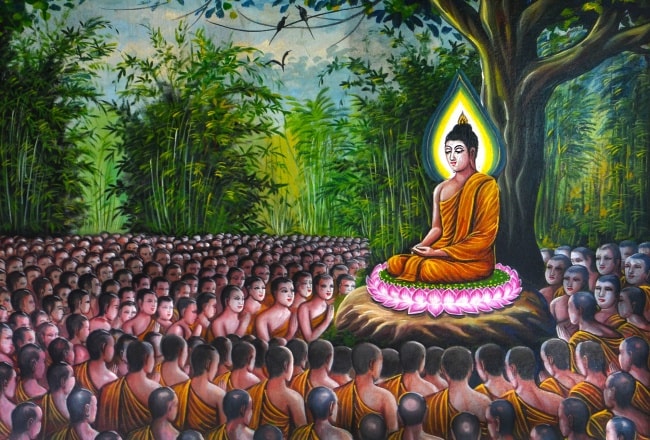
According to the traditional Pāli commentaries, the Buddha continued to teach this summary for a period of twenty years, after which the custom was replaced by the recitation of the monastic code of discipline by the Saṅgha themselves. On Māgha Pūjā today, Buddhists celebrate the creation of an ideal and exemplary community.
Magha Puja is also the day that the Buddha is believed to have announced in Vesālī that he would die (parinibbāna) in three months, and after the announcement a supernatural earthquake followed. Moreover, In Sri Lanka, it is considered the day that the Buddha appointed his two main disciples, the monks Sāriputta and Moggallāna. Apart from the religious meaning, Māgha Pūjā also reflects the Southeast Asian agricultural year, as it is celebrated after the harvest.


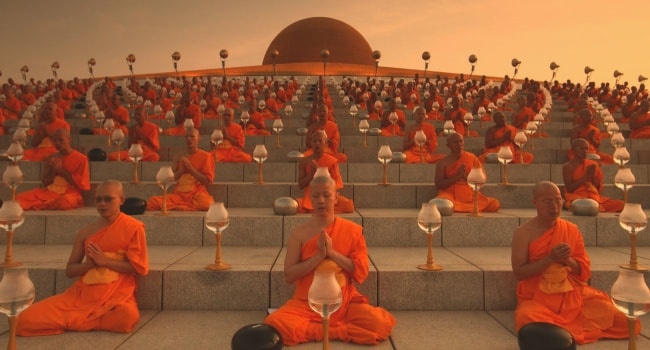

 06/01/2026
06/01/2026
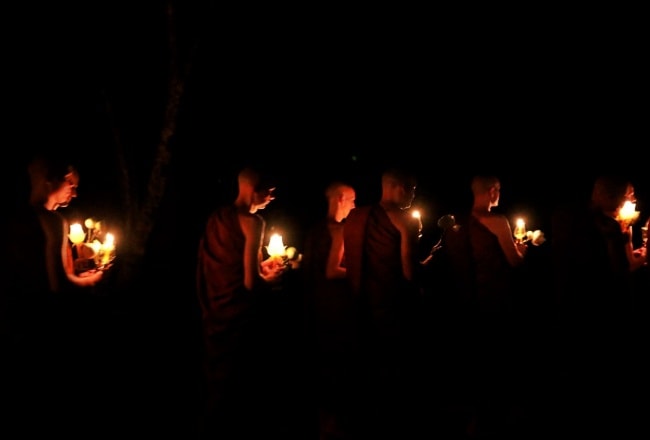
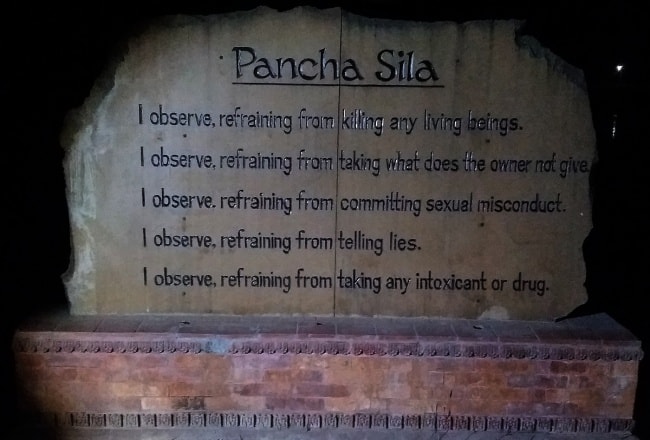
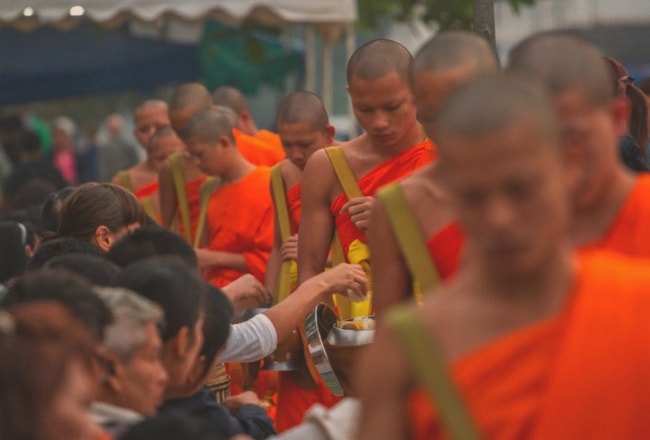
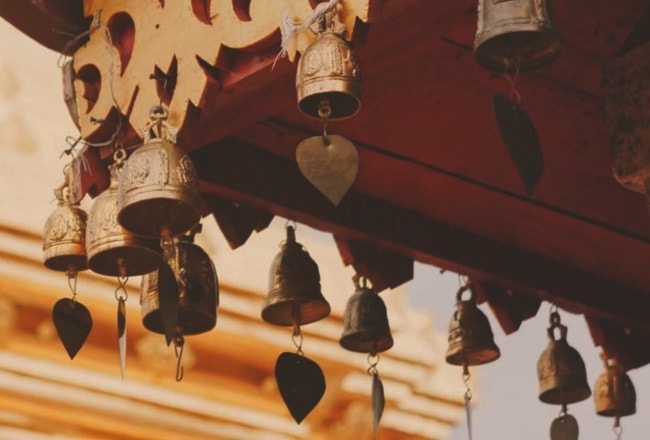
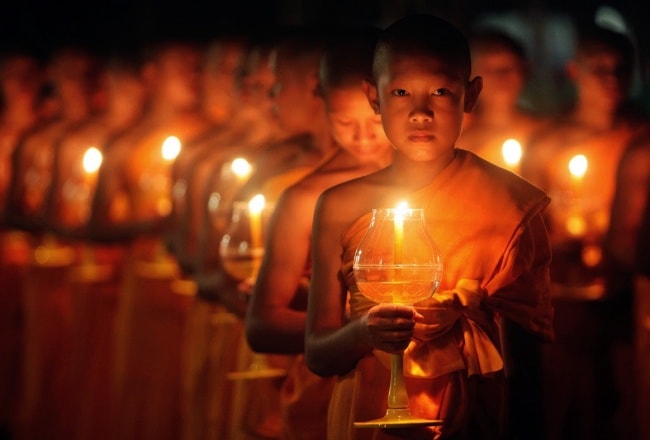
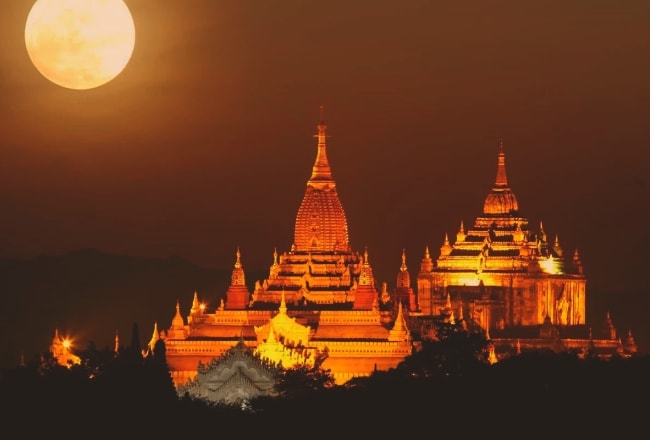
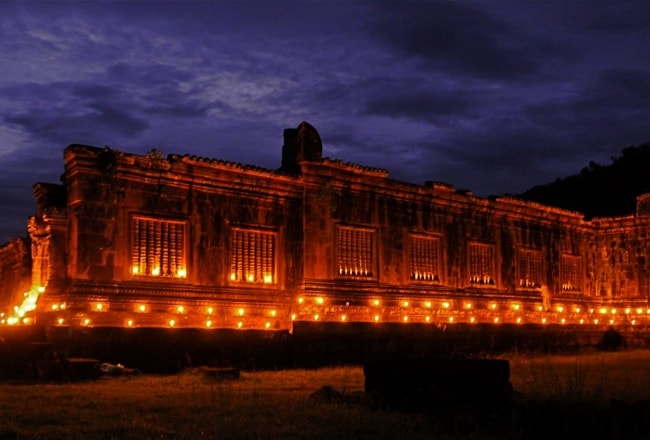




















Jolie LIEMMy name is Jolie, I am a Vietnamese girl growing up in the countryside of Hai Duong, northern Vietnam. Since a little girl, I was always dreaming of exploring the far-away lands, the unseen beauty spots of the world. My dream has been growing bigger and bigger day after day, and I do not miss a chance to make it real. After graduating from the univesity of language in Hanoi, I started the exploration with a travel agency and learning more about travel, especially responsible travel. I love experiencing the different cultures of the different lands and sharing my dream with the whole world. Hope that you love it too!